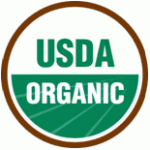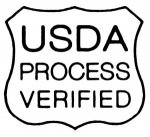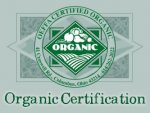Robert Mickley
Member
- Messages
- 806
- Location
- New Springfield OH
Don't get the loan!!! Stick with the plan. You sell lambs, you buy ewe's. Sell some firewood, buy some ewe's
I think you better get started cutting firewood
Suppliers here are not expecting it to come down. Even if energy prices stay low.
You missing my point, even if the organic market dries up and I have to sell on the conventional market, I'm still going to raise it organic. My nephew and I have had this discussion, we may drop the certification but we will still maintain all of our records we keep now. If organic rebounds we simply re-certify. With oeffa all you have to do is fill out land use statements, of course if they spot check you and find chemical traces in your soil samples your done.
Free Range, the pigs and chickens at my brothers are free range, it's part of the certification, You have to have have so many square feet per animal, and they have to have free access to it. Free range doesn't exactly mean free like in the old days out west. Ron has 10, 6 acre lots for 30 brood cows. I'm not sure how big and how many lots he has for the feeders. The have to be rotated on a schedule and he has to keep a record of that schedule. Then they had to be laid out so the cows have access to the loafing shed. This year he spent $70,000 on high tensile fence, water lines and troughs. He is planning on bumping the brood cows up to 60 over the next 2 years.
EXACTLY!!
I think you better get started cutting firewood
What you are seeing is price dwell. The price for fertilizer did go up because its derived from natural gas. The price is high right now, because when they made the product, the price was at the highest gas prices had ever been. They cannot just drop the price
Suppliers here are not expecting it to come down. Even if energy prices stay low.
I can't say that; conventional, organic, natural or otherwise. In the short 34 years I have been alive I have seen us change numerous times. We tend to follow the markets because that's what it takes. You can't sell something that no one wants.
You missing my point, even if the organic market dries up and I have to sell on the conventional market, I'm still going to raise it organic. My nephew and I have had this discussion, we may drop the certification but we will still maintain all of our records we keep now. If organic rebounds we simply re-certify. With oeffa all you have to do is fill out land use statements, of course if they spot check you and find chemical traces in your soil samples your done.
Free Range, the pigs and chickens at my brothers are free range, it's part of the certification, You have to have have so many square feet per animal, and they have to have free access to it. Free range doesn't exactly mean free like in the old days out west. Ron has 10, 6 acre lots for 30 brood cows. I'm not sure how big and how many lots he has for the feeders. The have to be rotated on a schedule and he has to keep a record of that schedule. Then they had to be laid out so the cows have access to the loafing shed. This year he spent $70,000 on high tensile fence, water lines and troughs. He is planning on bumping the brood cows up to 60 over the next 2 years.
I can show you three within 40 miles of me. Fishers has been there doing grass fed 25 years.Never even heard of one to be honest with you.
Stick with the plan Mr. Johnson. Stick with the plan
EXACTLY!!





